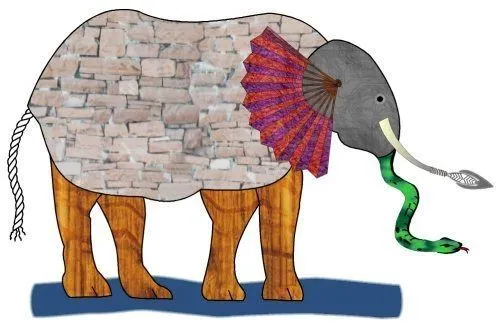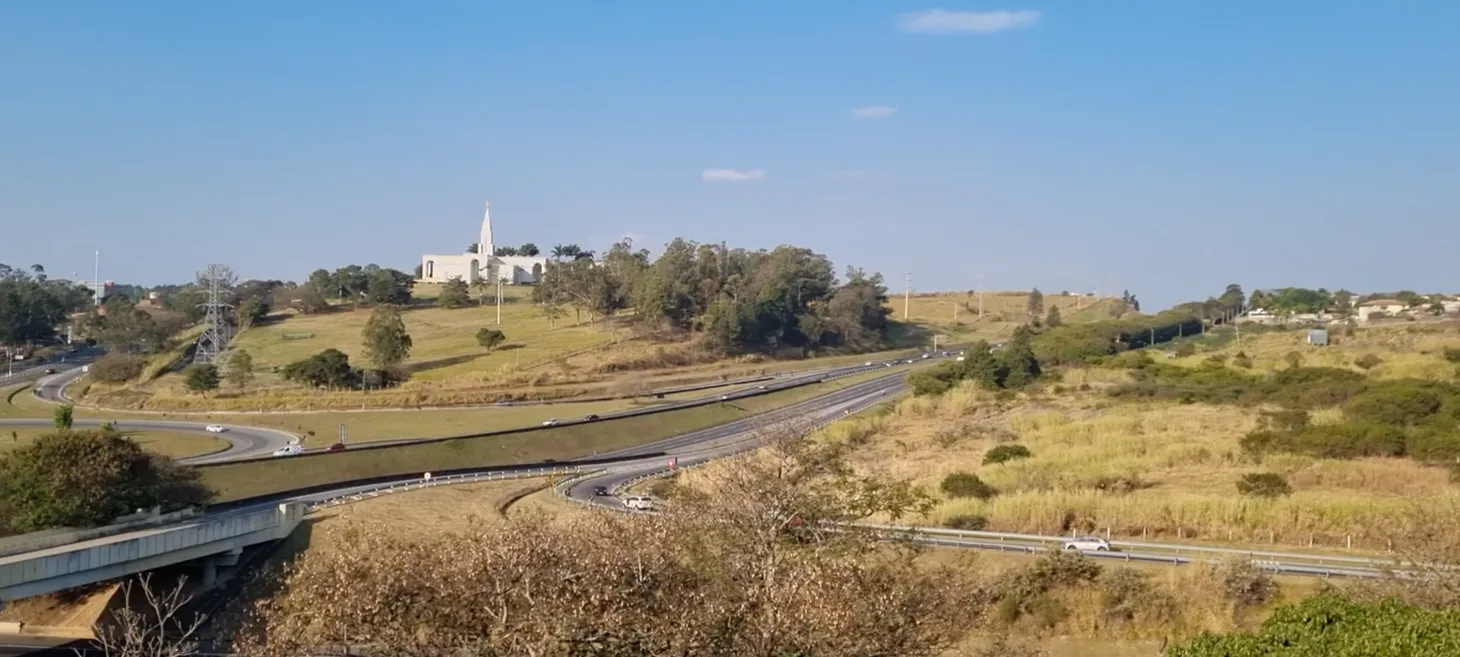Noticing Strangers
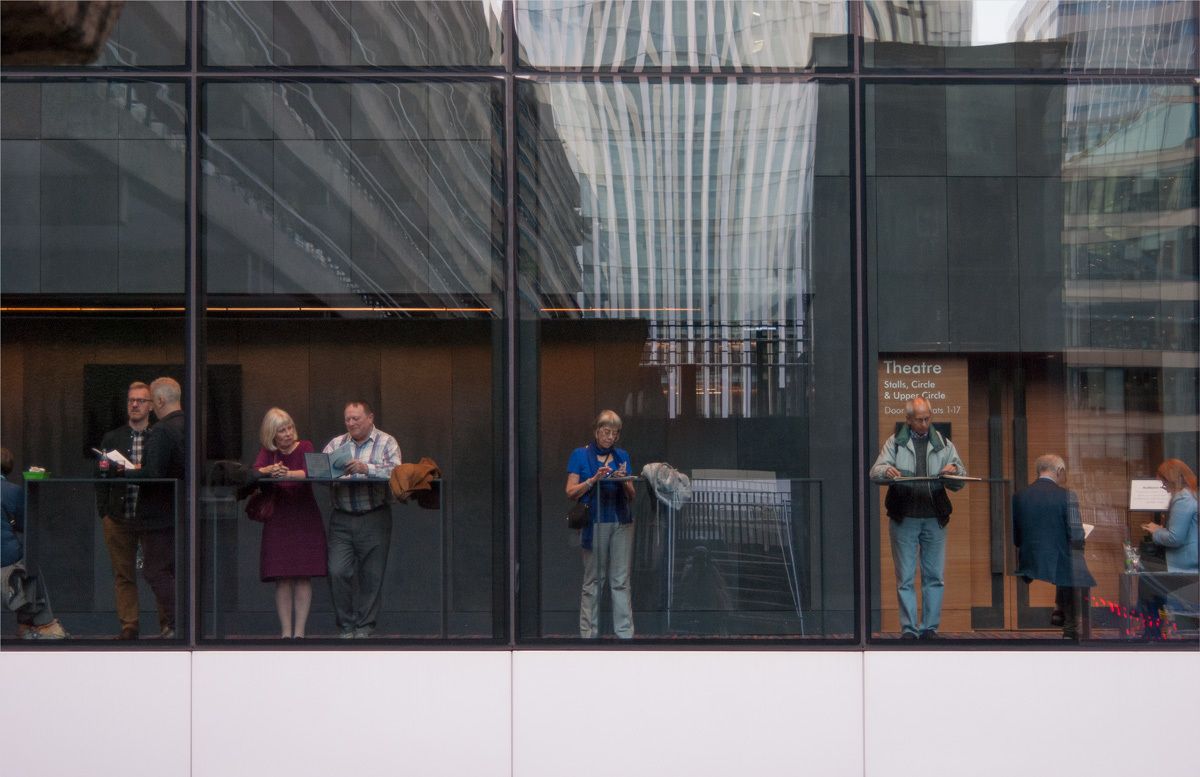
Table of Contents
Sonder. You are the main character—the protagonist—the star at the center of your own unfolding story. You’re surrounded by your supporting cast: friends and family hanging in your immediate orbit. Scattered a little further out, a network of acquaintances who drift in and out of contact over the years. But there in the background, faint and out of focus, are the extras. The random passersby. Each living a life as vivid and complex as your own. They carry on invisibly around you, bearing the accumulated weight of their own ambitions, friends, routines, mistakes, worries, triumphs and inherited craziness. When your life moves on to the next scene, theirs flickers in place, wrapped in a cloud of backstory and inside jokes and characters strung together with countless other stories you’ll never be able to see. That you’ll never know exists. In which you might appear only once. As an extra sipping coffee in the background. As a blur of traffic passing on the highway. As a lighted window at dusk.”
This is “sonder” (noun) – the realisation that each random passerby is living a life as vivid and complex as your own. It is a hauntingly beautiful word coined by John Koenig in the Dictionary of Obscure Sorrows. The dictionary is a compendium of invented words that aim to fill holes in the language—to give a name to emotions we all feel but don’t have a word for.
People Watching As A Mindfulness Practice
It was 6 pm on a Friday evening, just as the office-working crowds rushed out onto the streets for the weekend. In our last group photowalk, we walked around Moorgate in London. In this busy and disconnected environment, we challenged ourselves to connect with strangers, to honour them with our attention, and approach them with a gentle curiosity.
“What’s your story?” we quietly wondered, turning people-watching into a mindfulness practice. In this experiment, the photography was our tool to help us slow down and notice strangers, as well as noticing our own thoughts and feelings towards them.
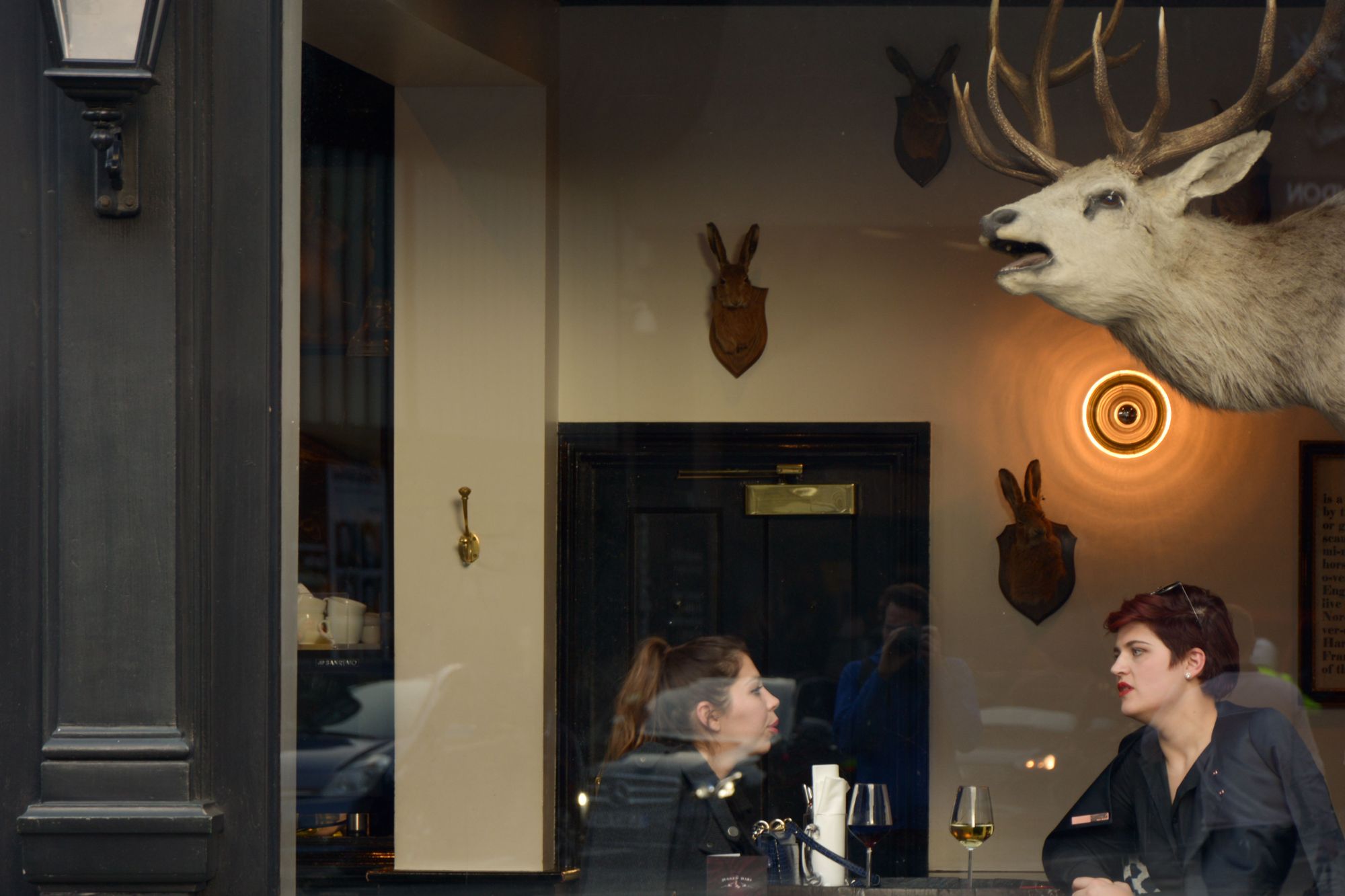
Feelings of Connection vs. Isolation
What does it feel like to be surrounded by strangers every day? One shared experience is that in a big city like London, we are nearly always surrounded by people, and yet it is common to have feelings of isolation and loneliness. This is a peculiarly urban phenomenon. In a village or a small town, residents tend to know most of the people encountered everyday. Strangers are usually a welcome novelty, and a reason to ask friendly questions.
It seems that smartphones have made this problem worse everywhere, because of less eye contact, and also because of the level of information available to us. We rarely have the need to stop and ask someone for directions if we are lost, or ask for suggestions on what to order at a restaurant, unless there is a problem with our phone battery or signal.
Psychologists have observed that the less connected we feel to others around us, the more we lose perspective of the common nature of human experiences. As a result of this ego-centricity, when we experience suffering it is all the more intense because it feels that we are victimised. “Why me?” we ask, forgetting that suffering is a common experience. There is a humility, and relief, in knowing that everyone has their own complex challenges in life.
Loneliness manifests not just in our mental health, but also in our physical being. There is extensive research showing the impact it has on immune responses, quality of sleep, and inflammation. The body processes loneliness in a similar way as physical pain! We are biologically wired for connection and community. Of course, loneliness cannot be overcome simply by noticing strangers, but it’s a good start.
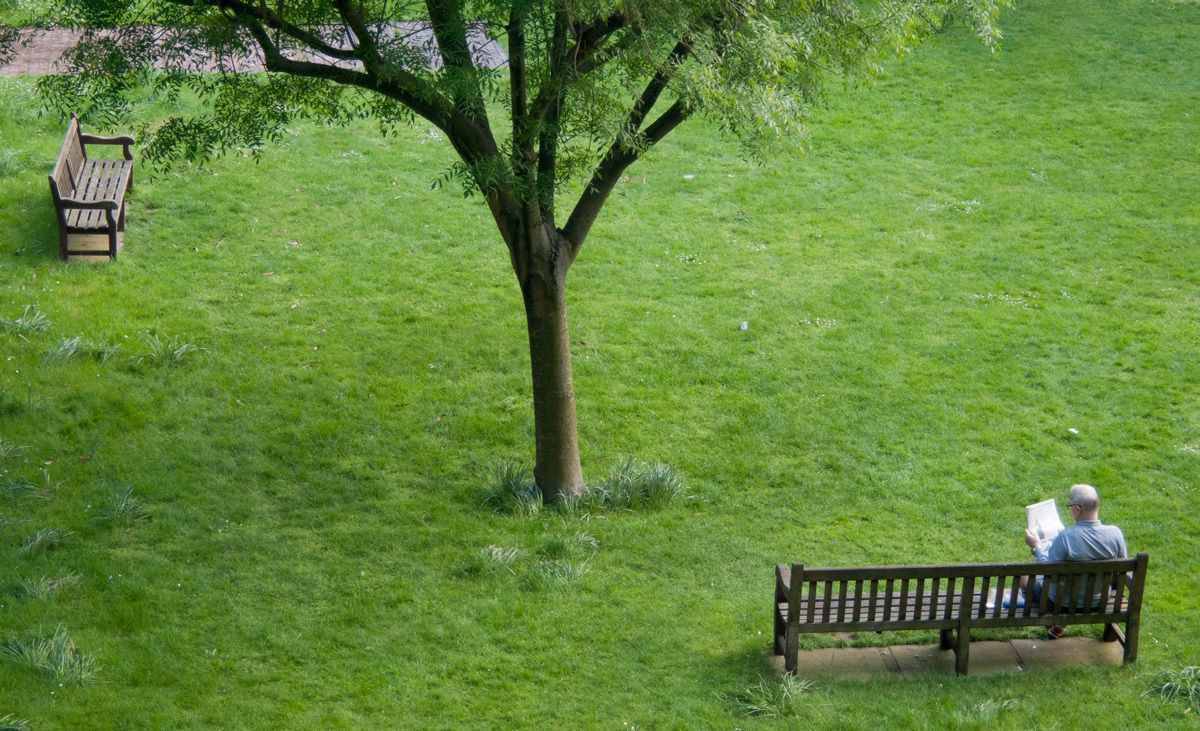
Photographing Strangers
When it comes to street photography, a common challenge is the discomfort of pointing a camera at a stranger. It can feel invasive, aggressive even. On the other hand, asking permission changes the whole dynamic of people watching.
Here were some of the creative responses to this challenge:
- Keep a low profile.
Move further away from your subject, or ‘shoot from the hip’ (keeping the camera at waist level), so it feels less confrontational. This can also lead to more candid images. - Hone in on a detail.
Photographing someone’s feet, or arms or the back of their head somehow seems less confrontational. It also has the advantage of focusing in on a detail that intrigues you about the person. - Shoot kindness first.
Before pressing the shutter, take a pause to send this stranger some kind wishes! “I wish you true happiness.” This shifts our energy from being about “taking” a photograph as a consumer, to one of “giving” heartfelt kindness. - Let them choose you.
Don’t make a photograph of the person that has caught your eye. Instead, stop and look at the person to their left. Or point your camera at a certain background, and discover who walks into your scene. By introducing this element of randomness, it can feel less like we have “chosen” someone, and more like a chance encounter. - Stop and notice your own response.
Even if you decide not to make a photograph, observe your own thoughts and feelings in response to this encounter. Perhaps it is more of a sensation in the body. Take a moment to tune in, to observe the undercurrents of your own experience. - Or, just ask for permission.
This can lead to some fascinating conversations. “I’m doing a photography project about noticing strangers…” can be a great way to start.
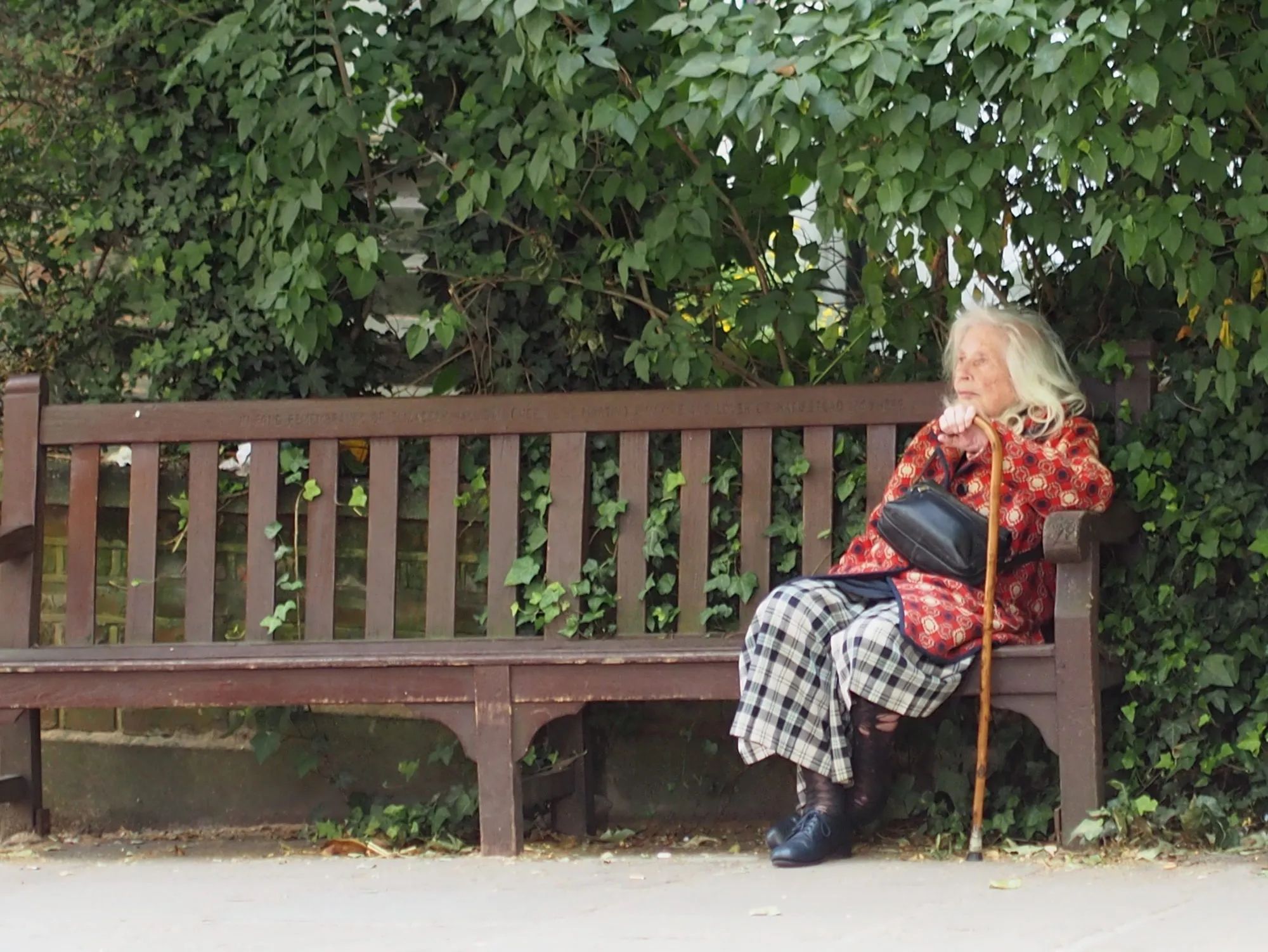
Noticing The Extras In Our Movies
After the photowalk, as we all huddled together swapping stories by the fountains in the Barbican Centre, I realised how different our individual experiences had been. Some had stood quietly in one spot for long periods, quietly watching strangers passing by, absorbing the sights and sounds, and only occasionally using the camera to hone in on a detail. Others followed their instinct to photograph people that they found intriguing in some way, perhaps it was a red coat or a frown that caught their eye. I noticed an old lady that gave half her sandwich to a homeless man.
Each of us noticed people we would normally have walked straight past. Sure, we will probably never know the names of these strangers, let alone their inside jokes, and their hopes and dreams. But for a brief and visceral moment, we connected, we became aware of the complex living characters all around us. It reminded us that: “It’s not just me.” We took note of our mutual roles as extras in each other’s movies.
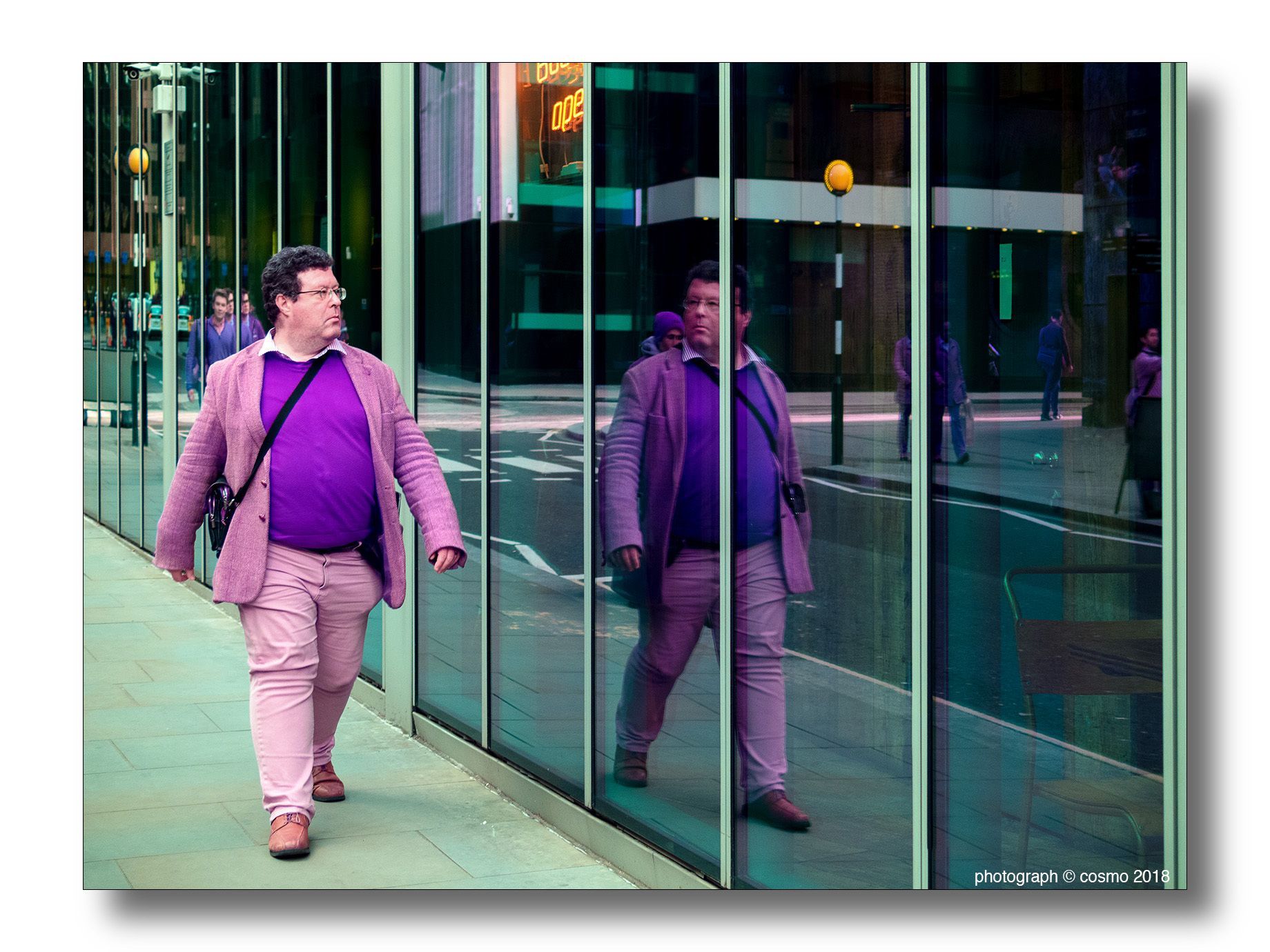
Just Looking Newsletter
Join the newsletter to receive the latest updates in your inbox.



